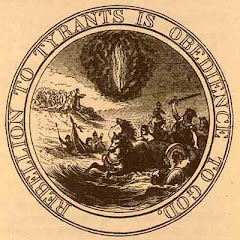While traveling in Europe last month, I ended up having to change my accomodation in Vienna and ended up in a mixed dormitory room with five strangers. The second night, we got involved in a discussion, and we ended up talking about the stars. Some of my roommates were critical of particular belief systems that rely on or draw reference to the stars, which prompted some unexpected thoughts from me. It has always been a human thing to look at and to the stars, religiously or not.
As soon as men began to travel, men began to use the stars for guidance. At least in the Northern Hemisphere, constellations, in particular Ursa Minor, were used in order to orient yourself for travel. Ursa Minor contains the North Star, which is used as a major reference point. Even if you didn’t have that or couldn’t use that, you could orient yourself and know your direction and in some cases your location based on what time of year and what constellations appeared respective to your position. From Odysseus to Magellan, explorers in all ages used the stars to find themselves and to find their way.
In cultural practices, including religion, men use the stars for guidance. Visiting any of the Mayan ruins, you can plainly discern among the stele still extant that the Mayans used the stars and the celestial sphere as a guide. From planting crops to calendar events to religious rites, the positions of the stars relative to stones on the plaza told the Mayans where they were and when they ought to act. For many cultures, the stars are representations of their deity. Even Paul the apostle spoke of bodies celestial in his letters.
Today, we still use the stars for guidance. Unfortunately, too many of us turn to movie stars for guidance, but religion and navigation still play a part in the lives of many people. Religious or not, we watch the skies for eclipses, meteor showers, and other celestial events that inspire us and help us mark the passage of time. Of course the stars appear each night and disappear during the day, which helps us mark each day of our lives. Some of us still find inspiration in the heavens and look to the actual stars.
No matter how you look at it, the stars have always shown people their place in the universe. One star in particular, Sol, which you call “the sun” gives us the light and heat necessary to maintain our existence on this planet. Minor shifts in our distance from the star would snuff out life as we know it. The rest of us use the stars as a reference to move ourselves from where we are to where we would like to be. Whether religious or not, we look to the heavens to find our place. Stars help us to find our place still and find our way to where we would like to be.






No comments:
Post a Comment